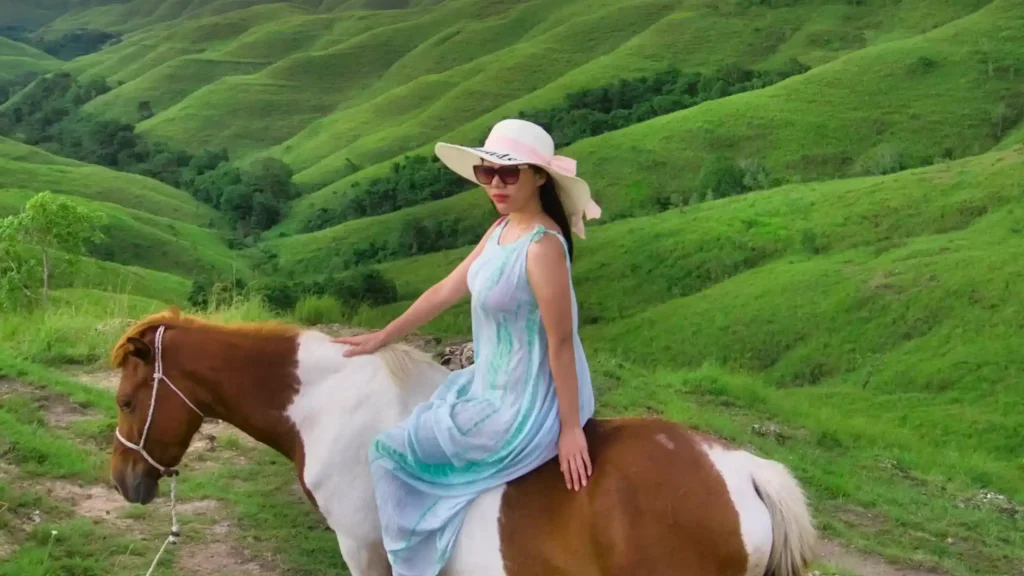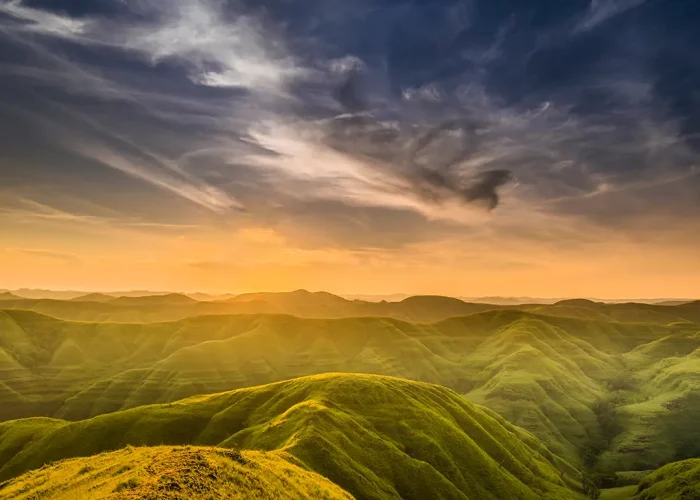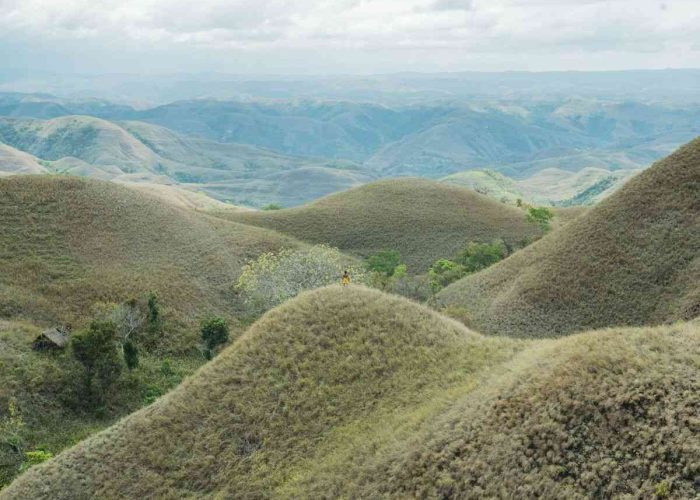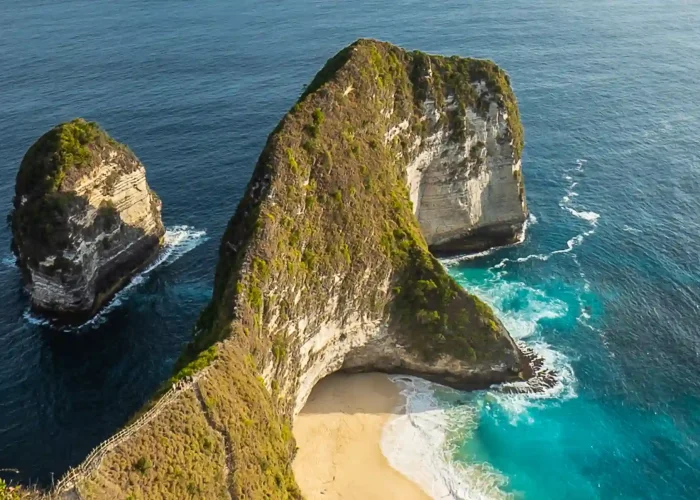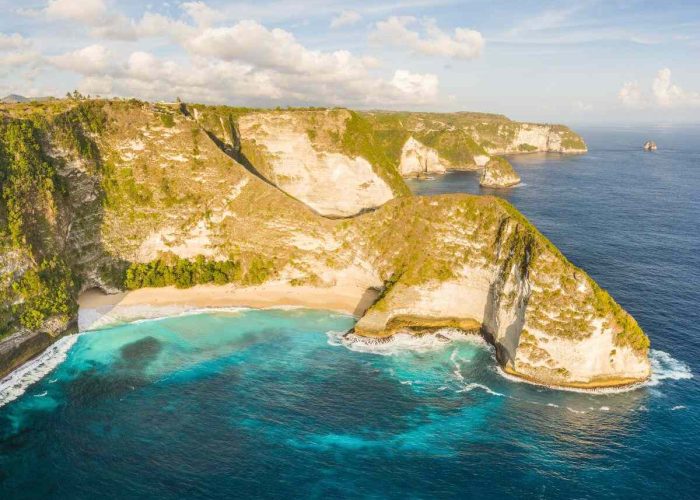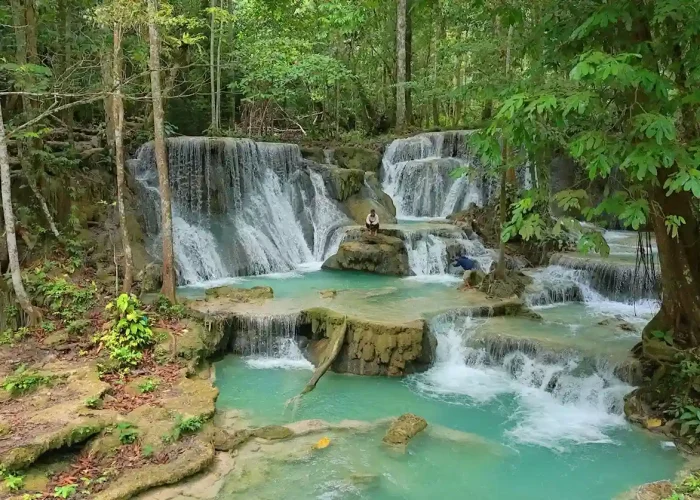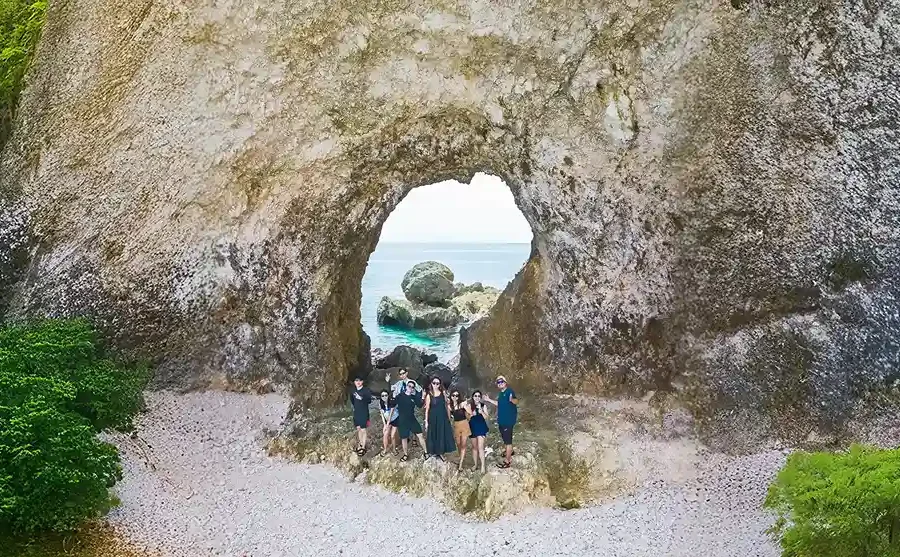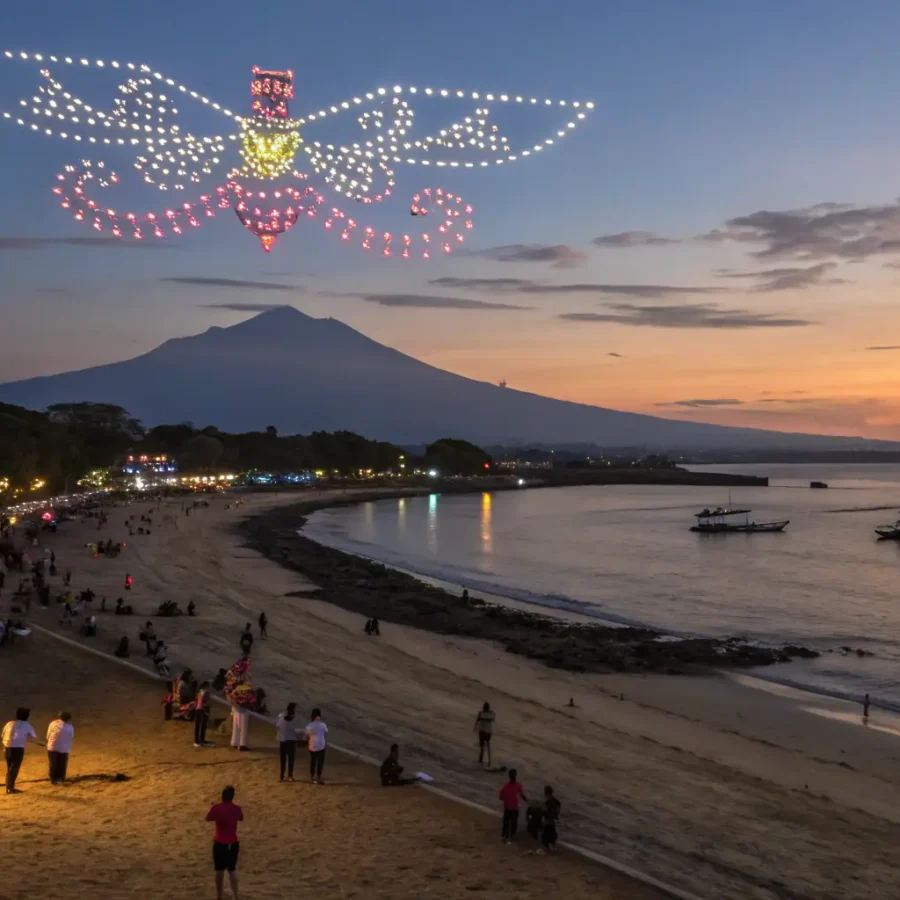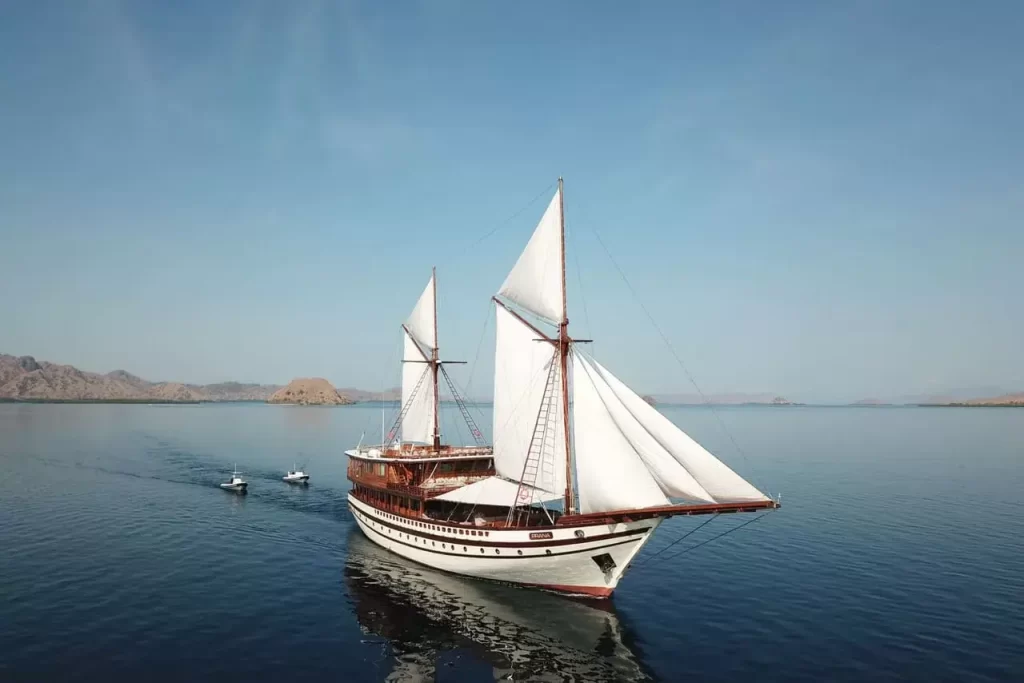When people think of Sumba, the first images that come to mind are usually its vast savanna, exotic beaches, or the iconic Pasola tradition. But have you ever thought about a legendary animal that is also a symbol of the island? Yes, we’re talking about the Sumba horse. This native Indonesian horse has been renowned since ancient times for its uniqueness. Despite its small size, don’t underestimate its strength and speed, they can truly amaze you. In this article, we’ll dive deep into everything about the Sumba horse, from its history and physical traits to its role in the local culture. Keep reading to get to know this legendary Sumba horse!
Table of Contents
The Origins of the Sumba Horse
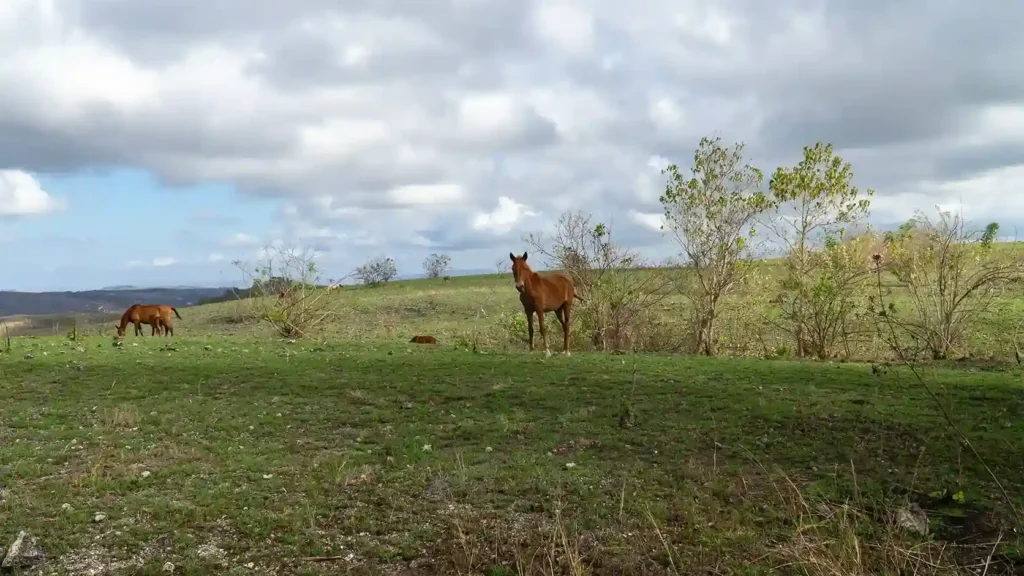
If you’re curious why the Sumba horse is so iconic, the answer lies in its history. This horse is believed to be a crossbreed between the local Sumba horses and Arabian and Mongolian horses brought by traders hundreds of years ago. Sumba Island has long been a strategic trading point, including for sandalwood, which is why this horse is also often called the Sandalwood horse.
Since the 18th century, the Sumba horse has been known beyond Indonesia. Traders exported them to other countries because of their resilience. There are even historical records indicating that this horse was once a favorite among nobility in Southeast Asia. So, from past to present, the Sumba horse has always had a prestigious reputation.
Physical Characteristics of the Sumba Horse
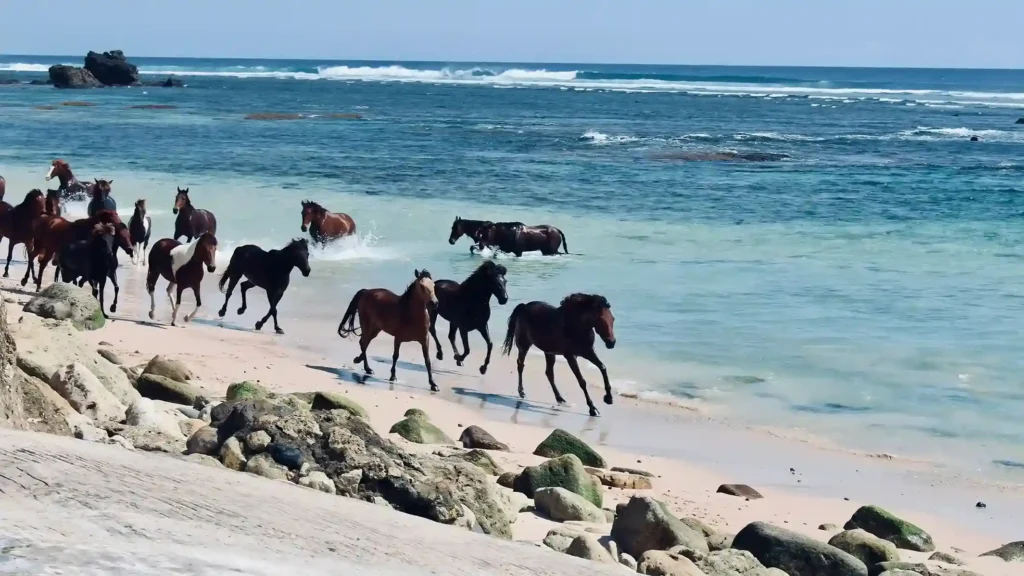
If you’re wondering what the native Sumba horse actually looks like, here are some of its distinctive physical traits:
- Small but Proportional Body
The average height of a Sumba horse is around 120–130 cm, smaller than European or Arabian horses. Despite its size, its body is well-proportioned, giving it a proud and balanced appearance while running across the savanna. - Small Head with Short Neck
Another easily recognizable feature is its relatively small head and slightly short neck. This shape makes the horse look agile and helps maintain stability during fast movements. - Slim and Muscular Body
With a slim yet muscular build, the Sumba horse possesses natural strength that allows it to endure harsh conditions. Its body proportions also indicate excellent stamina despite its small size. - Varied Coat Colors
The coat of the Sumba horse comes in various colors, from reddish-brown, jet black, gray, to pure white. Its long, thick mane and tail add extra charm to its appearance. - Strong Legs with Hard Hooves
The Sumba horse has sturdy legs with naturally hard hooves. Thanks to this, they can navigate rocky terrain without needing extra horseshoes. - Broad Chest and Strong Back
Despite its small body, the horse has a relatively broad chest and strong back. This structure supports good breathing and extra strength for running or carrying light loads. - Small Size but Agile
Never underestimate its small size. The Sumba horse is famous for its speed and agility, able to maneuver swiftly across hilly savannas, an exceptional physical advantage rarely found in other local horses.
The Uniqueness of the Sumba Horse Compared to Other Horses
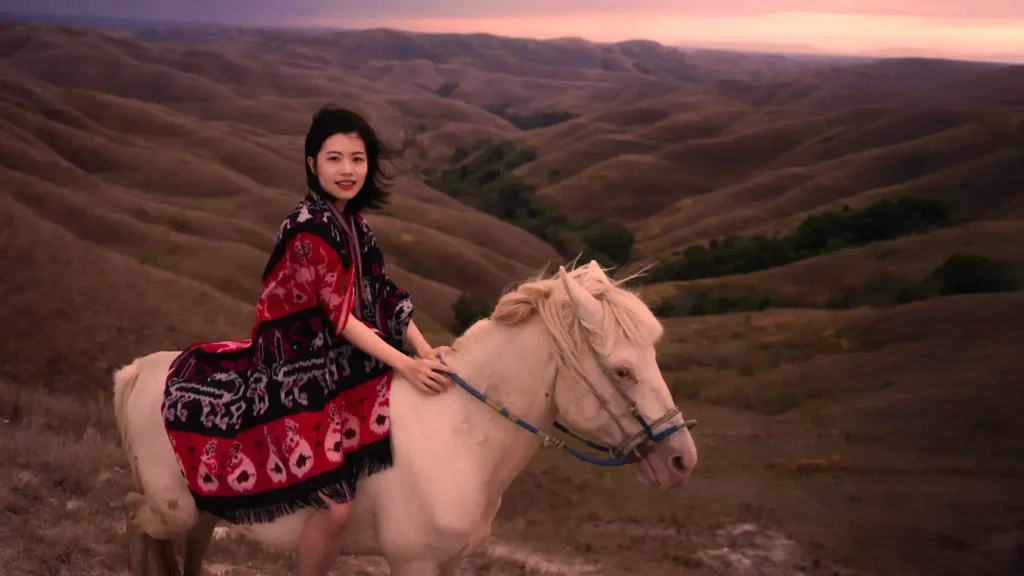
Compared to other Indonesian horses, such as the Batak horse or the Bali horse, the Sumba horse has its own advantages. They are known to be the most agile and resilient in harsh terrains. It’s not just about physical traits, but also their endurance in hot weather and limited food conditions, as Sumba’s habitat tends to be dry.
Uniquely, the Sumba horse is closely tied to local culture. While horses in other regions are mostly used for transportation or regular racing, the Sumba horse is present in sacred cultural ceremonies like Pasola. This gives them extra value, not just as riding animals but as symbols of Sumba culture and identity.
The Role of Sumba Horses in Local Culture
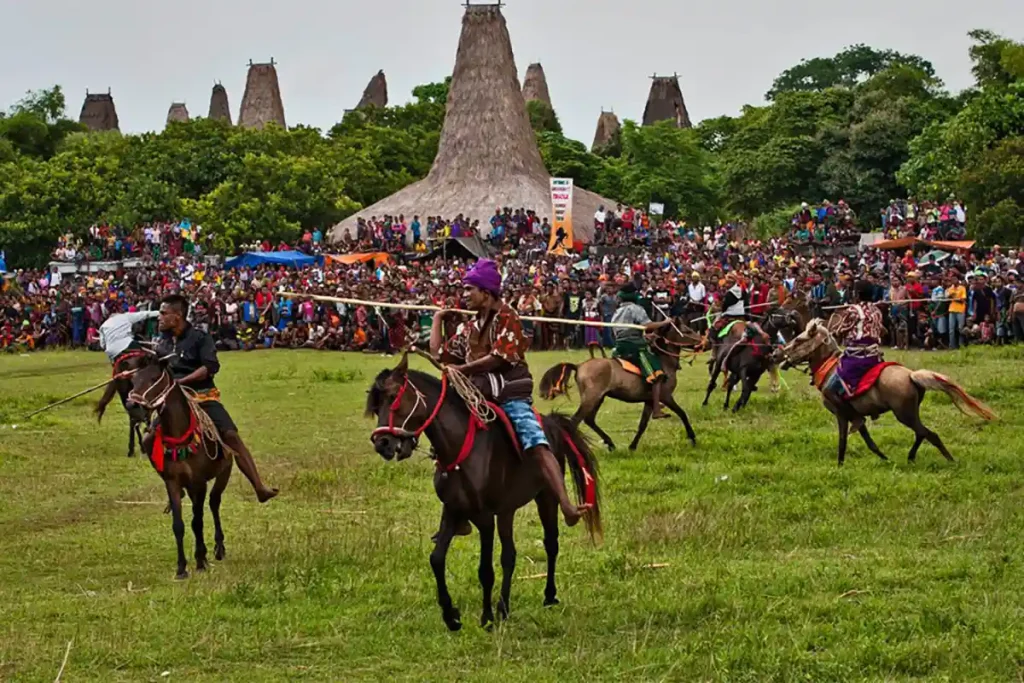
When talking about culture in Sumba, horses are clearly one of the elements that cannot be separated. From social matters, traditional rituals, to iconic traditions, horses are always present as an important part of community life. Especially in the Marapu tradition, horses are considered sacred beings that connect humans with their ancestors. To give you a clearer picture, let’s explore some of the main roles of Sumba horses in local culture.
Horses as a Symbol of Social Status
For the people of Sumba, horses are not just ordinary pets or riding animals. Sumba horses have long been regarded as symbols of prestige and prosperity. The more horses someone owns, the higher their social standing in the eyes of the community. Horses are often used as dowries in marriages, gifts in agreements between large families, or markers of honor in traditional ceremonies. This shows that horses hold a meaning far beyond their practical functions, they are symbols of dignity and pride for the Sumbanese people.
Horses in Death and Funeral Ceremonies
In Sumba’s funeral traditions, horses hold a very sacred role. Horses are often sacrificed during the burial ceremonies of nobles or important figures. Local belief holds that horses accompany the soul on its journey to the ancestral realm, serving as a bridge between the human world and the spirit world. Although such sacrifices are now less commonly practiced, the symbolic meaning remains strong, horses are still seen as part of one’s spiritual journey toward the afterlife.
Sumba Horses in the Pasola Tradition
Pasola is the most iconic tradition in Sumba, a ritual battle where two groups of men throw spears at each other while riding horses. In this moment, Sumba horses showcase their speed and agility across vast and challenging terrain. Pasola is not just a spectacle, it is a prayer for abundant harvests and a form of respect to the ancestors. Here, horses play a crucial role, because without them, the Pasola tradition could not be carried out with its full meaning.
Believed to Be the Mounts of Ancestors
Beyond their roles in the physical world, horses are also believed to be the mounts of the ancestors. In Sumbanese belief, horses serve as vehicles for spirits, linking the human world with that of the forefathers. This belief elevates horses not only as strong and respected animals, but also as sacred beings within the community’s spiritual life. The bond between the Sumbanese and their horses runs so deep that the presence of these animals is often seen as a representation of ancestral spirits who continue to protect and watch over them.
Read more: Pasola Tradition in Sumba: A Meaningful and Fascinating Cultural War
Tips for Interacting with the Sumba Horse
If you’re visiting Sumba and have the chance to interact with these horses directly, make sure to do it safely and respectfully. Here are some tips:
- Approach Calmly and Patiently
Sumba horses can be sensitive to sudden movements. Approach slowly and avoid loud noises to prevent startling them. - Follow the Local Guide’s Instructions
Guides know which horses are gentle and accustomed to tourists. Following their directions ensures a safer and more comfortable experience. - Choose Horses Trained for Tourism
If you want to ride, make sure the horse is trained for tourists. This is crucial for enjoying the experience without fear. - Wear Comfortable Clothing
Casual clothing and secure shoes are recommended. Avoid long skirts or flimsy sandals, as they can hinder your movement. - Do Not Pull or Touch Recklessly
Even though they appear calm, horses need respect. Avoid pulling tails or touching sensitive areas like the face or ears. - Capture Moments Wisely
Taking photos with Sumba horses is fun, but always maintain a safe distance and let the horse stay comfortable while you snap pictures. - Respect the Horse’s Rest Time
Remember, horses are living creatures that need breaks. If a horse looks tired, give it time to rest before interacting again.
Read more: Complete Guide to a Exploring Sumba with IndonesiaJuara Trip
Let’s See the Sumba Horse Up Close with IndonesiaJuara Trip!
Seeing Sumba horses in their natural habitat is far more exciting than just reading or viewing photos. On Sumba Island, you can spot them roaming freely across the savanna, watch traditional horse races, or even witness the Pasola tradition if you visit during the season.
To make your experience even more unforgettable, you can join a Sumba Tour with IndonesiaJuara Trip. Besides exploring exotic beaches and hills, you’ll get a close-up look at these legendary horses. Imagine riding a Sumba horse across vast savannas under endless blue skies, your vacation vibes will be totally unique. Don’t wait any longer, plan your trip with IndonesiaJuara Trip and experience the magic of the Sumba horse right in its homeland!


